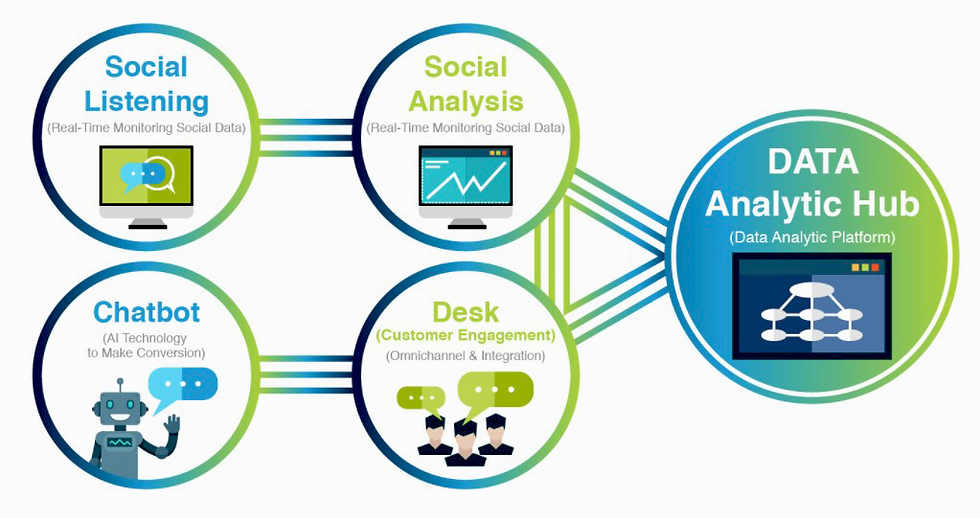- Oct 22, 2021
Updated: Oct 26, 2021

What can you do if your buyer failed to pay you money after delivery of goods? Have you heard of Export Credit Insurance which provides protection against the risks of non-payment with lower costs?
When your company is engaged in export trading on credit payment terms namely Documents against Payment (DP), Documents against Acceptance (DA) and Open Account (OA), it is exposed to "non-payment" risks. Unforeseeable political, social and commercial factors can also prevent payments from your buyers to your company.
Being insured by export credit insurance, your company is protected against bad debts risks, enabling you to secure by extending more favorable terms to overseas buyers. Your capability in acquiring trade finance is also enhanced.
How to buy Export Credit Insurance?
This is normally offered by sizable banks or insurance company, or alternatively, you can buy this insurance at The Hong Kong Export Credit Insurance Corporation (‘HKECIC”), which is a ‘public body’ and was established in 1966.
HKECIC provides a wide range of insurance facilities to Hong Kong exporters of both goods and services who trade with overseas buyers on credit terms, usually of up to 180 days. The facilities cover two main types of non-payment risks for goods exported and services rendered arising from buyer risks and country risks. In addition, HKECIC offers tailor-made policies that cover exports of services, each designed to meet the specific requirements of different service sectors.
Apart from insurance cover, HKECIC provide risk assessment and monitoring services to exporters, offering advice on the extent of credit which it is prudent of them to offer their buyers. HKECIC draw on a computerised worldwide database of buyers whose credit-worthiness is regularly monitored by our underwriters. The credit information is derived from an international network made up of credit information agencies, banks and other credit insurers.
Insurance policies issued by the HKECIC are accepted by the banking community as useful collateral for discounting export bills. The protection accorded to a policyholder may be extended to the policyholder's bank by a Letter of Authority, which enables claims to be paid directly to the bank and can be instrumental in helping policyholders obtain the banking facilities they need.
NEED Assistance?
Please kindly contact us at info@rbcs.com.hk





